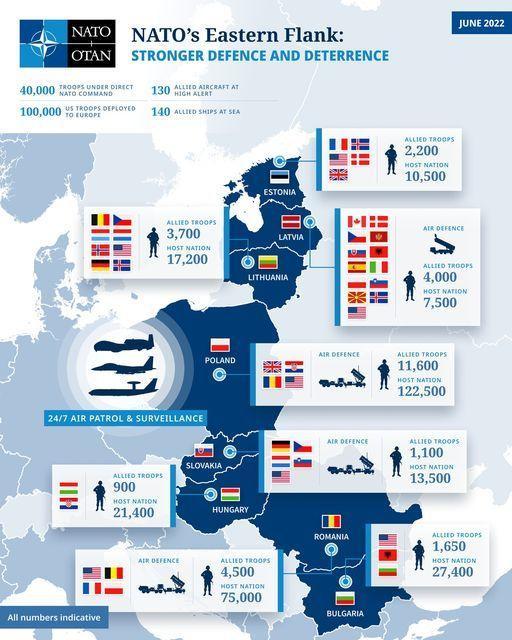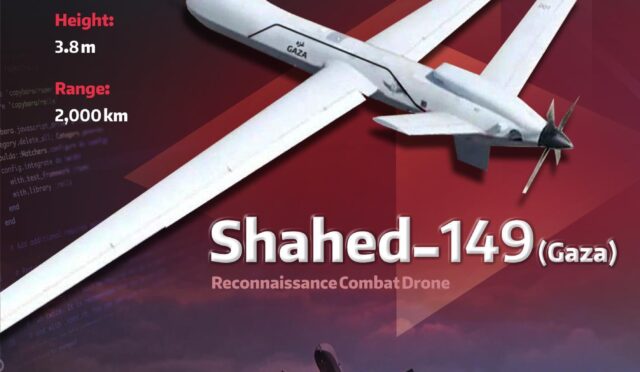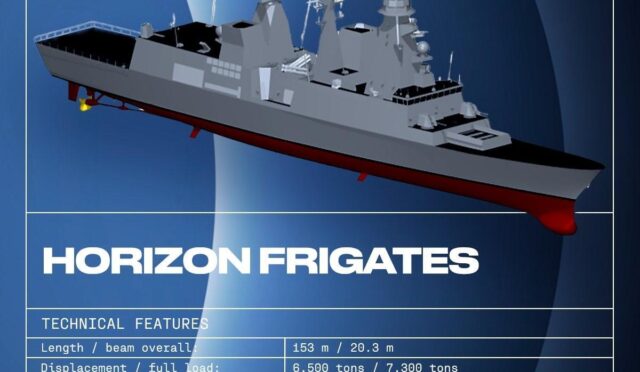Eastern Flank Deterrence Line: A New NATO Defense Strategy
In a significant development aimed at strengthening its defense approach, the US along with NATO allies has launched the ‘Eastern Flank Deterrence Line’. This strategic initiative places a strong emphasis on enhancing ground-based capabilities and improving interoperability among various weapon systems to counteract the threat of Russian aggression. General Christopher Donahue, head of the US Army Command in Europe and Africa, unveiled the plan during the inaugural LandEuro conference held in Wiesbaden, Germany, marking an important step in NATO’s defense strategy.
The Eastern Flank initiative is currently undergoing testing in the Baltic region, where it aims to assess and address the specific defense needs of both alliance members and industry partners. In his address, General Donahue highlighted the crucial role of ground forces, asserting that land-based systems have been instrumental in neutralizing anti-access and area-denial (A2AD) strategies employed by adversaries. He illustrated this point by referencing Kaliningrad, a Russian exclave located amidst NATO countries, underscoring the need for robust land capabilities in these strategically sensitive zones.
Enhancing Ground Force Capabilities
Emphasizing the importance of ground operational effectiveness, General Donahue explained how advanced land systems can counter naval threats and reinforce NATO’s defensive posture in vulnerable regions. The plan notably includes innovative components such as cloud-based coordination systems that enhance data sharing and ensure real-time battlefield awareness among NATO allies, a critical advantage in modern warfare.
In line with this technological push, NATO has begun integrating advanced systems like Palantir’s Maven Smart System, which utilizes artificial intelligence to process vast amounts of data quickly, thereby streamlining strategic decision-making. This integration is a testament to NATO’s commitment to achieving technological interoperability, ensuring that all member nations can operate seamlessly together in the event of a conflict.
Standardization for Cohesive Defense
The initiative also calls for standardization across weapon system launchers, advocating for a unified approach to both offensive and defensive operations. General Donahue stressed that the US Army is leading efforts to implement universal fire control systems, aiming to create a seamless operational environment where various platforms can communicate and cooperate effectively.
This push for uniformity includes a vision for optionally manned systems, which allows for a blend of manned and unmanned operations in combat scenarios. Donahue emphasized that such advancements are crucial for enhancing overall tactical flexibility and responsiveness in the field, thereby maximizing the efficiency of NATO forces.
Focus on Cost-Effectiveness
In addition to enhancing operational capabilities, General Donahue highlighted the essential need for cost-effectiveness in military engagements. He asserted that it is vital for any weapon system or munition used against an adversary to be more economically viable than the capabilities it aims to counter. Cost considerations must guide defense procurement and operational planning.
Despite facing bureaucratic hurdles, General Donahue is optimistic about ongoing reforms to foreign military sales, which are designed to minimize friction in the acquisition process. These reforms will help ensure that NATO members can access advanced systems seamlessly, contributing to the overall effectiveness and readiness of the alliance’s defense strategies.







